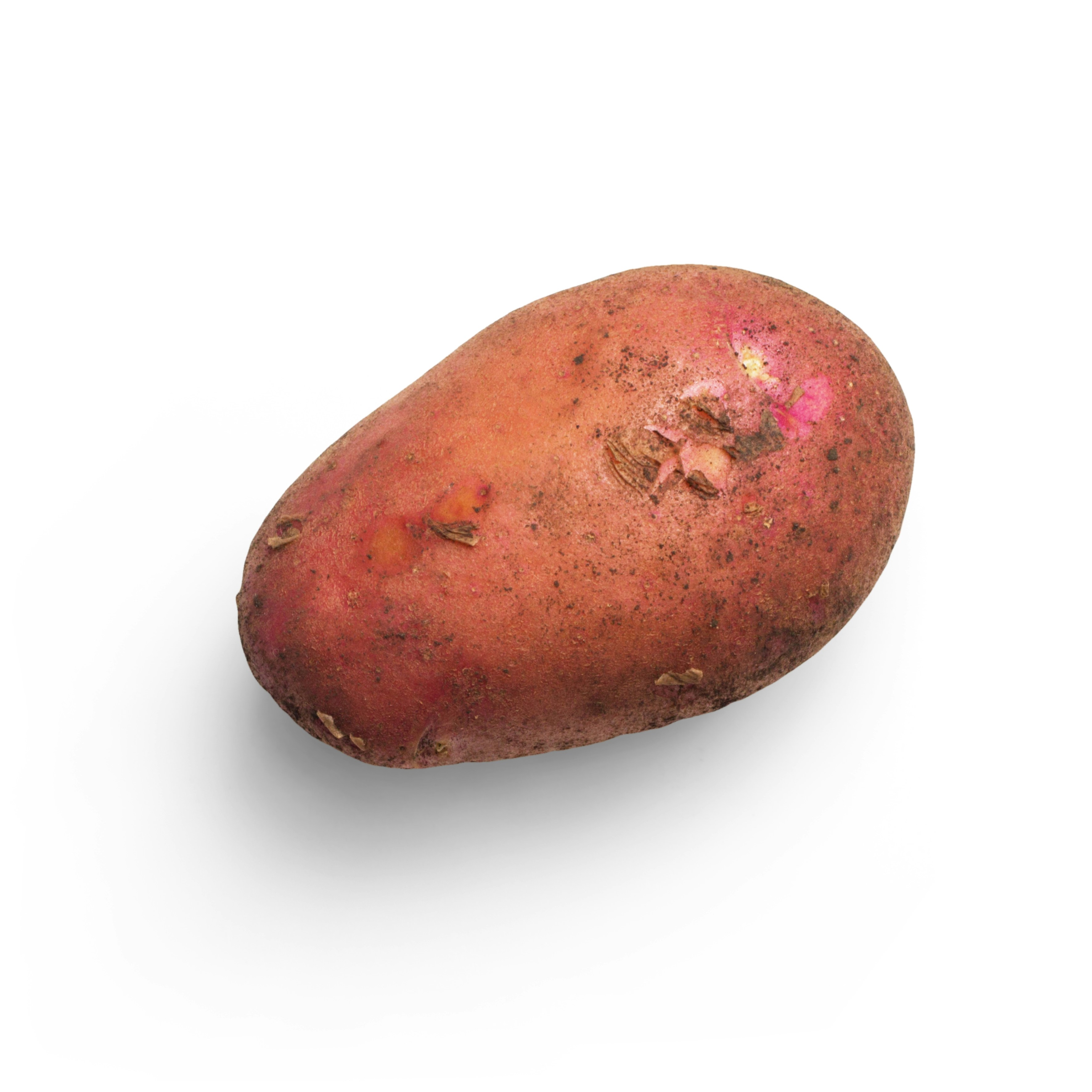The Arrival of the Potato in Europe
The introduction of the potato to Europe after 1492 marked a significant turning point in the continent’s agricultural and social landscape. Originally cultivated in the Andean region of South America, the potato was brought back to Europe by explorers, where it was initially met with skepticism. However, as awareness of its nutritional value spread, attitudes began to shift, setting the stage for its transformative impact.
| Aspect | Impact |
|---|---|
| Introduction | Introduced to Europe after 1492 via Columbian Exchange; originated in Andes |
| Nutritional Value | High in calories, carbohydrates, vitamin C, potassium; supported health |
| Agricultural Impact | Grew in poor soils, resistant to spoilage, high yield per acre |
| Demographic Effects | Boosted population growth (16th–18th c.); reduced famine; supported urbanization & Industrial Revolution |
| Social & Cultural | Became staple food in many regions (Ireland, Germany, Eastern Europe); initially mistrusted, later essential |
| Negative Consequences | Over-reliance led to Irish Potato Famine (1845–1852); mass starvation & migration |
| Long-Term Legacy | Contributed to Europe’s agricultural resilience and population expansion; remains a major global staple crop |
 Poverty Alleviation and Food Security
Poverty Alleviation and Food Security
One of the most profound effects of the potato on European populations was its potential to alleviate poverty and enhance food security. The potato’s adaptability to various climates and soil conditions allowed it to thrive across diverse regions, from Ireland to Eastern Europe. This adaptability, coupled with its high caloric value, offered a reliable food source that supported growing populations and helped reduce famine during times of crisis.
Cultural and Social Transformations
The dissemination of the potato also spurred transformative cultural changes. It became a staple in many European diets, leading to the development of numerous dishes and culinary traditions centered around this versatile vegetable. Additionally, the reliance on potatoes influenced social structures, as communities that embraced potato cultivation often experienced demographic shifts and changes in labor patterns. Overall, the integration of the potato profoundly affected European societies in various ways, making it an essential aspect of their history.



